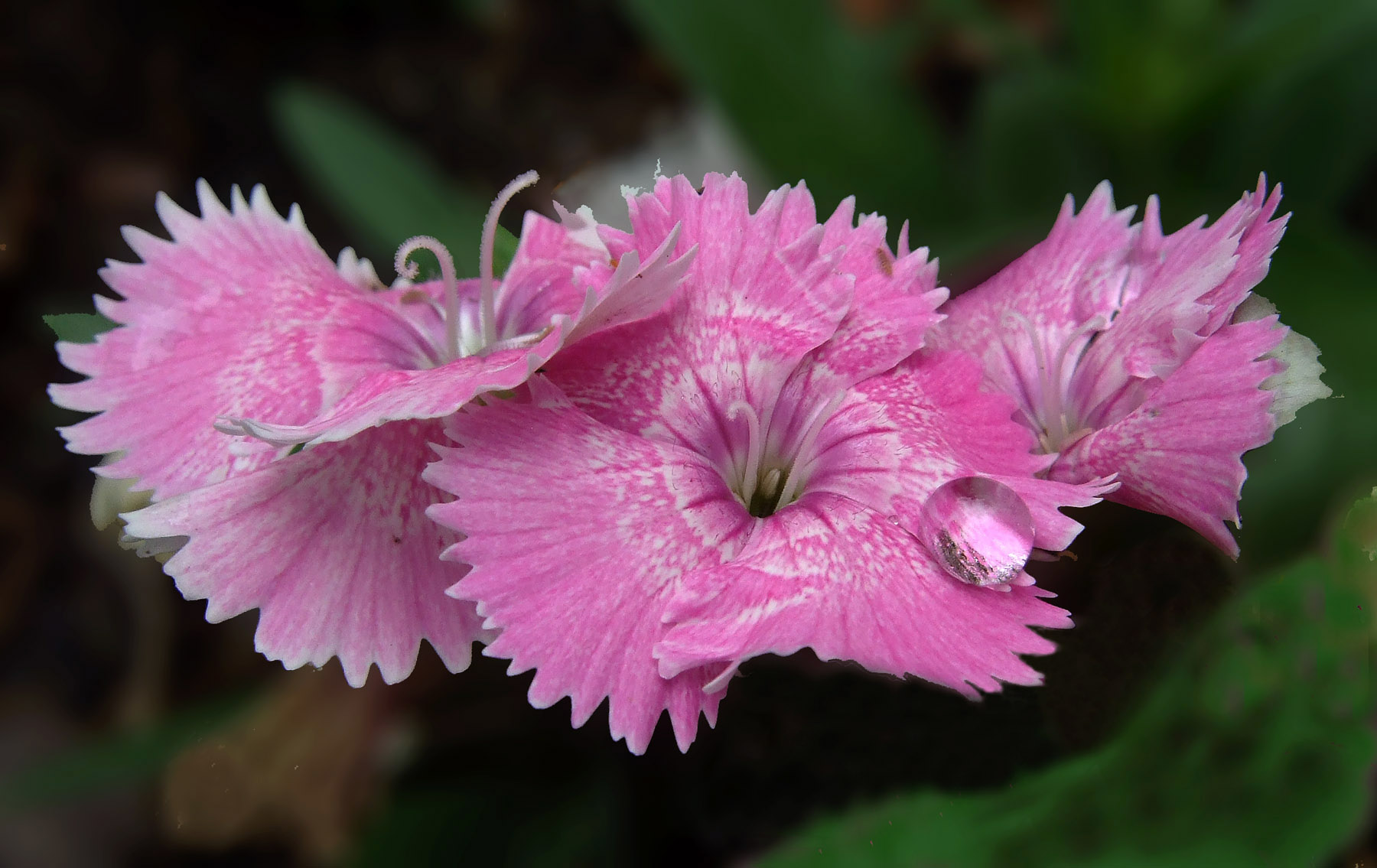|
Michael A. Stecker
|
|
Dianthus is a genus of about 300 species of flowering plants in the family Caryophyllaceae, native mainly to Europe and Asia, with a few species extending south to north Africa, and one species (D. repens) in arctic North America. Common names include carnation (D. caryophyllus), pink (D. plumarius and related species) and sweet william (D. barbatus). The name Dianthus is from the Greek words dios ("god") and anthos ("flower"), and was cited by the Greek botanist Theophrastus. The species are mostly perennial herbs, a few are annual or biennial, and some are low subshrubs with woody basal stems. The leaves are opposite, simple, mostly linear and often strongly glaucous grey-green to blue-green. The flowers have five petals, typically with a frilled or pinked margin, and are (in almost all species) pale to dark pink. The color pink may be named after the flower. The origin of the flower name 'pink' may come from the frilled edge of the flowers: the verb "pink" dates from the 14th century and means "to decorate with a perforated or punched pattern" (maybe from German "pinken" = to peck). Source: Collins Dictionary. The verb sense is also used in the name of pinking shears. Taxonomy |
|
|
